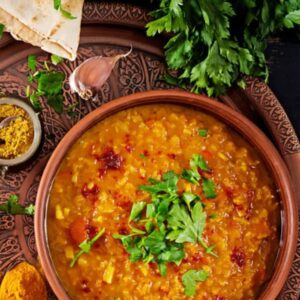In today’s fast-paced world filled with diet trends and quick-fix health solutions, many of us forget that some of the healthiest ways of eating have existed for generations. Across continents, communities have long embraced flavorful traditions that celebrate both health and taste. These cultural food practices are grounded in fresh ingredients, natural cooking methods, and a deep respect for seasonal eating.
The good news? You don’t need to be a professional chef or a globe-trotter to bring these time-tested habits into your kitchen. In this article, we explore flavorful traditions from around the world and how they can inspire you to eat well, live well, and enjoy every bite.
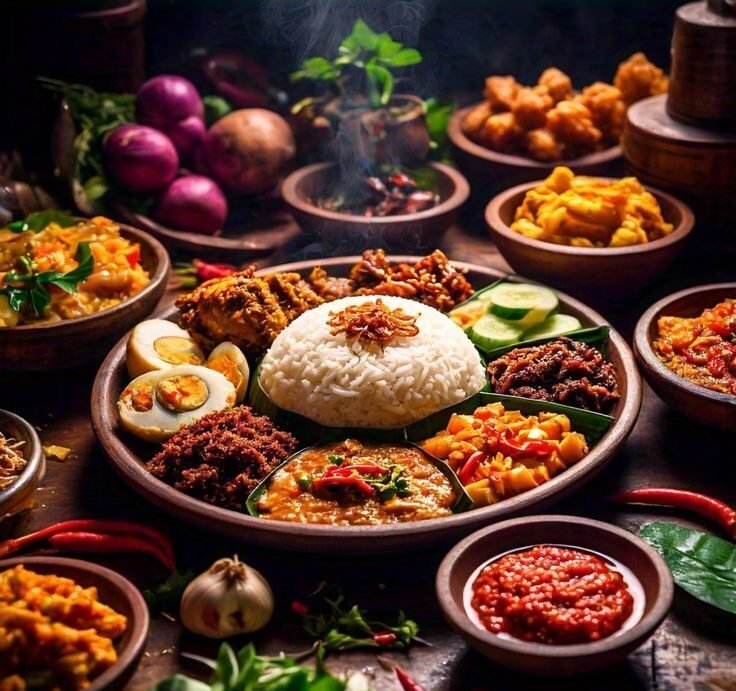
Why Flavorful Traditions Still Matter
Before globalized fast food chains and processed snacks became the norm, cultures across the globe relied on recipes passed down through generations. These meals were more than just nourishment—they were experiences, often tied to family, rituals, and community.
Many of these flavorful traditions are naturally healthy because they:
-
Use whole, seasonal ingredients
-
Avoid processed sugars and additives
-
Emphasize plant-based staples
-
Incorporate natural herbs and spices
-
Promote mindful and community-based eating
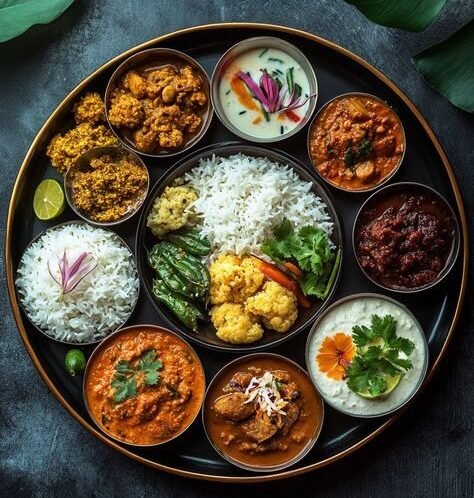
The Mediterranean Way: Balance and Simplicity
When it comes to globally recognized flavorful traditions, the Mediterranean diet is often considered the gold standard. Countries like Greece, Italy, and Spain have long embraced meals rich in:
-
Olive oil
-
Fresh vegetables
-
Whole grains
-
Legumes
-
Seafood
-
Herbs like oregano and basil
Health benefits:
-
Reduced risk of heart disease
-
Anti-inflammatory effects
-
High antioxidant intake
A classic example is the Greek lentil soup (Fakes), made with lentils, garlic, onion, olive oil, and lemon juice—simple, hearty, and healthy.

India’s Spice-Infused Wisdom
Indian cuisine is a treasure trove of flavorful traditions rooted in Ayurveda. Spices are not just used for taste—they’re carefully chosen for their medicinal properties.
Common ingredients:
-
Turmeric (anti-inflammatory)
-
Cumin (digestive aid)
-
Ginger and garlic (immune-boosting)
-
Lentils, chickpeas, and vegetables
A great representation is Daal Tadka, a spiced lentil stew that’s warming, rich in protein, and easy on the digestive system.
Eating tip:
In India, food is also enjoyed slowly, often eaten by hand, enhancing mindfulness and digestion.
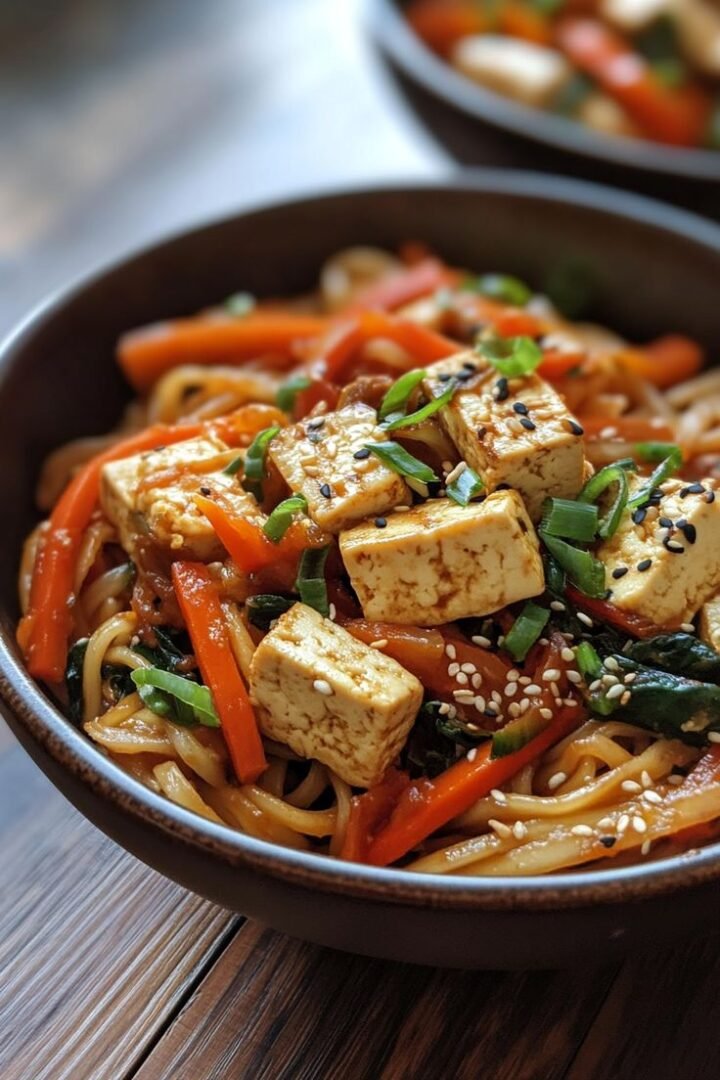
Japanese Minimalism Meets Nutrition
Japan’s culinary heritage shows us that simplicity and elegance can go hand-in-hand with health. Meals are small, balanced, and rich in natural umami flavors.
Key components:
-
Miso (fermented soy paste)
-
Seaweed (iodine-rich)
-
Tofu and edamame (plant protein)
-
Pickled vegetables
-
Fish like salmon and mackerel
One shining example is Miso Soup with Tofu and Wakame, a comforting, probiotic-rich dish often served at breakfast.
Did you know?
The Japanese concept of “hara hachi bu” (eat until you’re 80% full) promotes longevity and mindful eating.

Latin America: Ancient Grains and Rooted Wisdom
Latin American cuisines are filled with flavorful traditions that prioritize locally grown, nutrient-dense foods. Ingredients like quinoa, corn, black beans, and cassava have been staples for centuries.
Nutritional heroes:
-
Quinoa (complete protein)
-
Black beans (fiber and iron)
-
Avocados (healthy fats)
Take Quinoa Ensalada for example—a vibrant, cold salad made with quinoa, tomatoes, onions, cilantro, and lime juice. It’s refreshing, filling, and nutrient-packed.
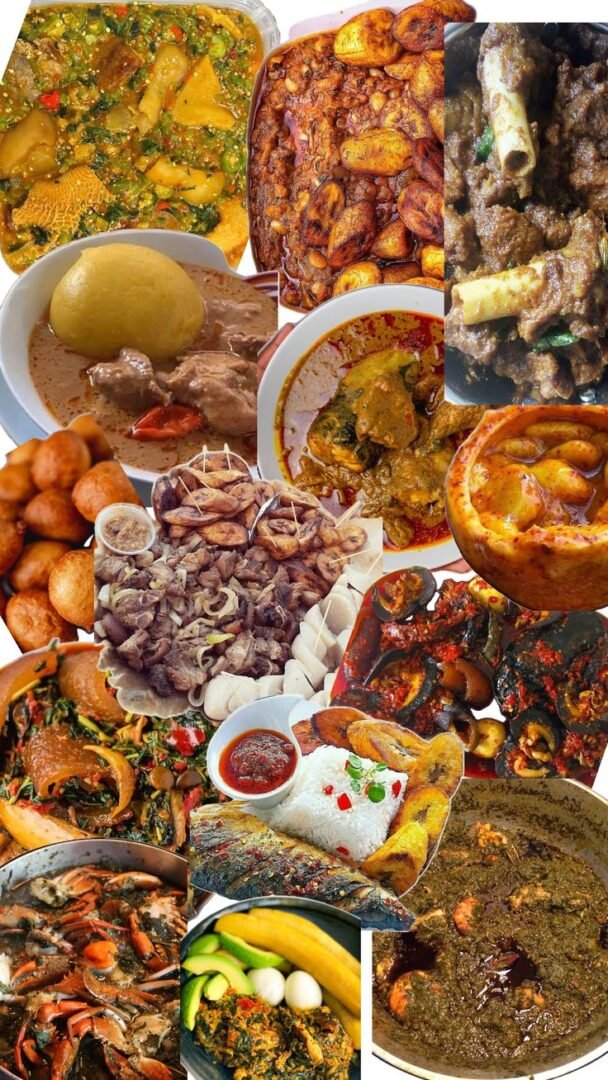
African Dishes: Depth of Flavor, Depth of Nutrition
Africa’s vast geography is home to countless culinary traditions. Many African diets are rooted in whole grains, legumes, leafy greens, and fermented foods.
Examples:
-
Millet and sorghum porridge
-
Stews with okra, spinach, or eggplant
-
Groundnut (peanut) sauces
A standout dish is Sukuma Wiki from Kenya—sautéed collard greens with onions and tomatoes. It’s affordable, rich in vitamins A and K, and simple to make.
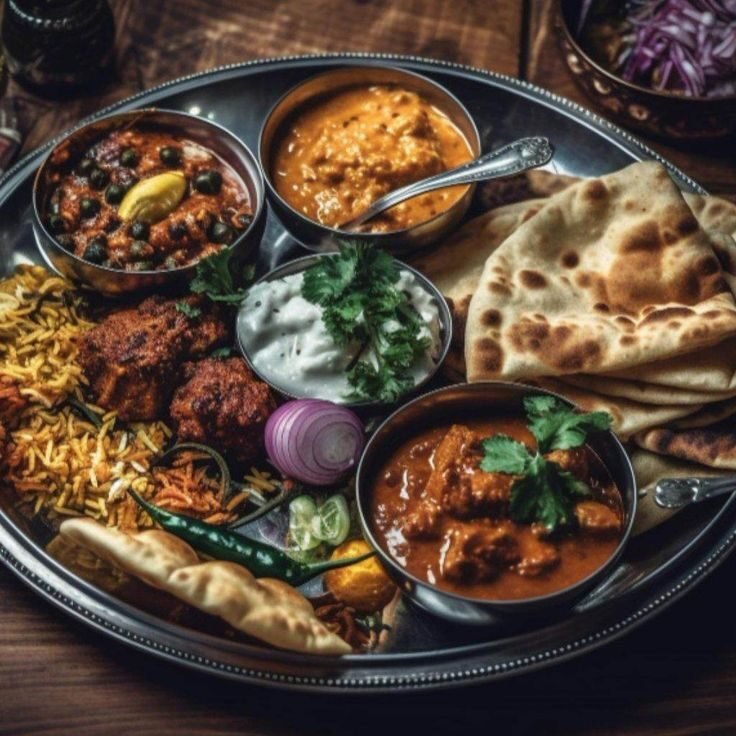
Middle Eastern Heritage: Fiber-Rich, Flavor-Packed
Middle Eastern cuisine has gifted the world with flavorful traditions that are both heart-healthy and satisfying. Staples like chickpeas, lentils, bulgur, and fresh herbs are common in daily meals.
Must-try dishes:
-
Tabbouleh (parsley and bulgur salad)
-
Hummus (chickpea and tahini dip)
-
Mujaddara (lentils and rice with caramelized onions)
These dishes are often served with olive oil, lemon juice, and fresh vegetables, making them naturally nutrient-dense and balanced.
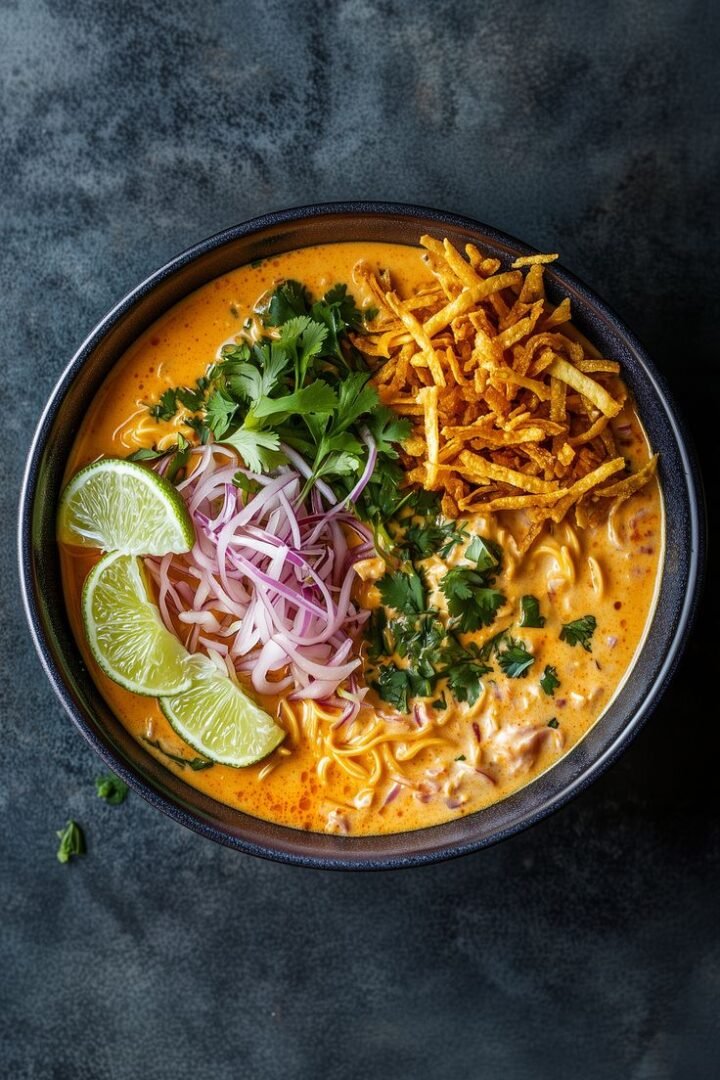
Southeast Asia: Bold Flavors, Light Cooking
Countries like Thailand, Vietnam, and Indonesia offer bold, fresh flavors using healthy cooking methods like steaming, grilling, and stir-frying.
Signature ingredients:
-
Lemongrass
-
Galangal
-
Chili and lime
-
Fresh herbs: mint, cilantro, Thai basil
One standout is Gỏi cuốn—Vietnamese fresh spring rolls made with rice paper, shrimp, herbs, and veggies. They’re dipped in a light peanut sauce and served cold for a refreshing, low-calorie meal.

Eastern Europe: Hearty but Healthy
Though known for comfort foods, Eastern Europe also embraces simple, healthy staples like fermented vegetables, root crops, and legumes.
Examples:
-
Borscht (beet soup)
-
Buckwheat porridge
-
Cabbage rolls (stuffed with rice and vegetables)
These dishes often use minimal fat and rely on fermentation, boosting gut health naturally.
The Role of Spices and Herbs in Flavorful Traditions
Across all regions, one common thread in flavorful traditions is the generous use of herbs and spices—not only to enhance taste but also to support health.
Common healing spices used worldwide:
-
Turmeric (India)
-
Za’atar (Middle East)
-
Ginger (Asia)
-
Garlic (Mediterranean)
-
Paprika (Eastern Europe)
Spices allow cooks to add complexity without unhealthy fats or salt.
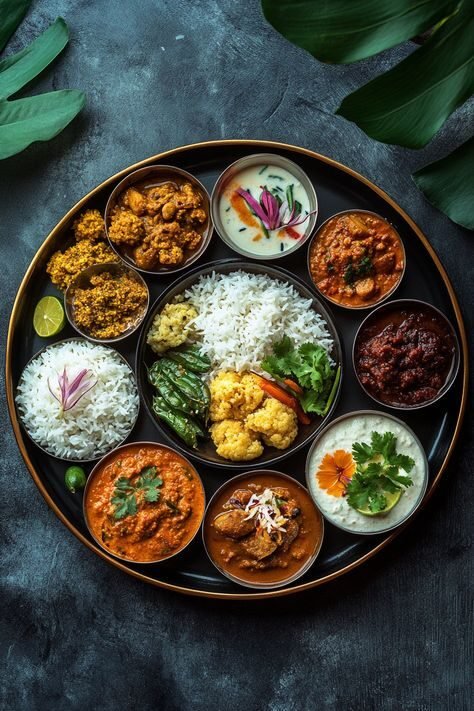
How to Bring Flavorful Traditions Into Your Home
Incorporating global healthy traditions into your modern kitchen doesn’t have to be complicated.
Here’s how to start:
-
Stock an international pantry: Lentils, quinoa, olive oil, miso, chickpeas, spices.
-
Try one new dish weekly: Rotate cuisines to keep it fun and educational.
-
Use fresh herbs: Cilantro, basil, parsley, and mint boost flavor and nutrients.
-
Cook in bulk: Traditional soups, stews, and rice dishes are great for meal prep.
-
Eat mindfully: Take time to enjoy food—just like many traditional cultures do.
Frequently Asked Questions
Q1: I find healthy eating boring and restrictive. How can ‘Flavorful Traditions’ help me enjoy my meals while still being healthy?
A1: Many traditional global cuisines naturally prioritize fresh, whole ingredients, lean proteins, and a wide array of vegetables, herbs, and spices – all without sacrificing flavor. This approach helps solve the “boring” problem by introducing you to a vast world of exciting tastes and textures. Instead of focusing on what you can’t eat, “Flavorful Traditions” encourages you to discover the delicious, healthy dishes that people have enjoyed for centuries, from Mediterranean salads bursting with flavor to vibrant Asian stir-fries.
Q2: I’m worried that cooking global dishes will be complicated and time-consuming. How can I fit ‘Flavorful Traditions’ into my busy schedule?
A2: This is a common concern! Many traditional global dishes are actually quite simple and rely on readily available ingredients. The “Flavorful Traditions” approach focuses on understanding the core principles of these cuisines, which often involve simple cooking methods like stir-frying, roasting, or quick simmering. Look for recipes that emphasize fresh, minimal ingredients and offer tips for efficient meal prep (e.g., chopping vegetables in advance, using frozen ingredients when appropriate). You’ll discover that healthy global eating doesn’t have to be a gourmet affair.
Q3: I’m on a tight budget. Are global ingredients expensive, and how can I eat healthy the ‘global way’ without breaking the bank?
A3: This is a fantastic question! Many global cuisines are built on affordable, staple ingredients like legumes (lentils, beans), grains (rice, quinoa, oats), and seasonal vegetables, which are often more budget-friendly than highly processed foods or expensive cuts of meat. The “Flavorful Traditions” approach encourages you to explore local markets for fresh, seasonal produce, buy spices in bulk, and utilize plant-based proteins as a cost-effective alternative. Many traditional dishes are designed to be economical and resourceful.
Q4: I have specific dietary restrictions (e.g., gluten-free, dairy-free). Can I still explore ‘Flavorful Traditions’ while adhering to my needs?
A4: Absolutely! The beauty of “Flavorful Traditions” is its incredible diversity. Many global cuisines naturally offer a plethora of options that are inherently gluten-free (e.g., rice-based Asian dishes, corn-based Mexican cuisine) or dairy-free (common in many Asian, African, and Middle Eastern dishes). The key is to understand the core ingredients and cooking methods of different regions and adapt recipes as needed. Look for specific regional cuisines that align with your dietary needs, and don’t be afraid to make simple substitutions.
Q5: I’m new to cooking and intimidated by unfamiliar ingredients or techniques. Where do I even begin with ‘Flavorful Traditions’?
A5: Start small and be adventurous! “Flavorful Traditions” is about exploration, not perfection. Begin by choosing one cuisine that particularly interests you and find a few simple, well-regarded recipes. Focus on common ingredients that are widely available. Many online resources and cookbooks offer step-by-step instructions and explanations for unfamiliar techniques. The more you experiment, the more comfortable and confident you’ll become in incorporating global flavors into your healthy eating journey.
Q6: How can I ensure that the ‘global way’ of eating is truly healthy and not just a trend?
A6: The health benefits of many traditional global diets are well-documented by scientific research. “Flavorful Traditions” focuses on the principles behind these healthy eating patterns: emphasis on whole, unprocessed foods, abundance of fruits and vegetables, lean protein sources, healthy fats, and mindful eating practices. By understanding and adopting these core principles, you’re not just following a trend; you’re embracing sustainable, time-tested ways of eating that promote long-term health and well-being. Look for sources that highlight the traditional aspects and scientific backing of these global eating patterns.
Final Thoughts: Why Flavor Still Belongs in Healthy Eating
Eating healthy doesn’t mean bland food. Across the globe, cultures have been crafting dishes that honor the earth’s ingredients, nourish the body, and satisfy the soul. These flavorful traditions remind us that eating well should be enjoyable—not restrictive.
By exploring and embracing the rich culinary wisdom from around the world, you not only improve your health but also expand your palate and cultural understanding. So the next time you think of a healthy meal, go global—and taste the tradition.
want to read more visit
Big Shoutout to the guys who made this blog happen UDM.





